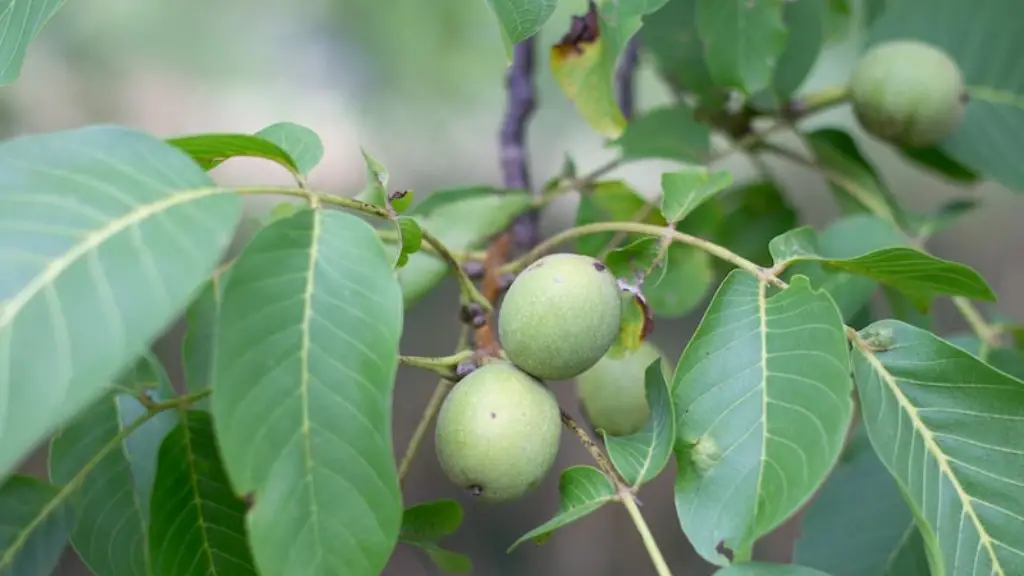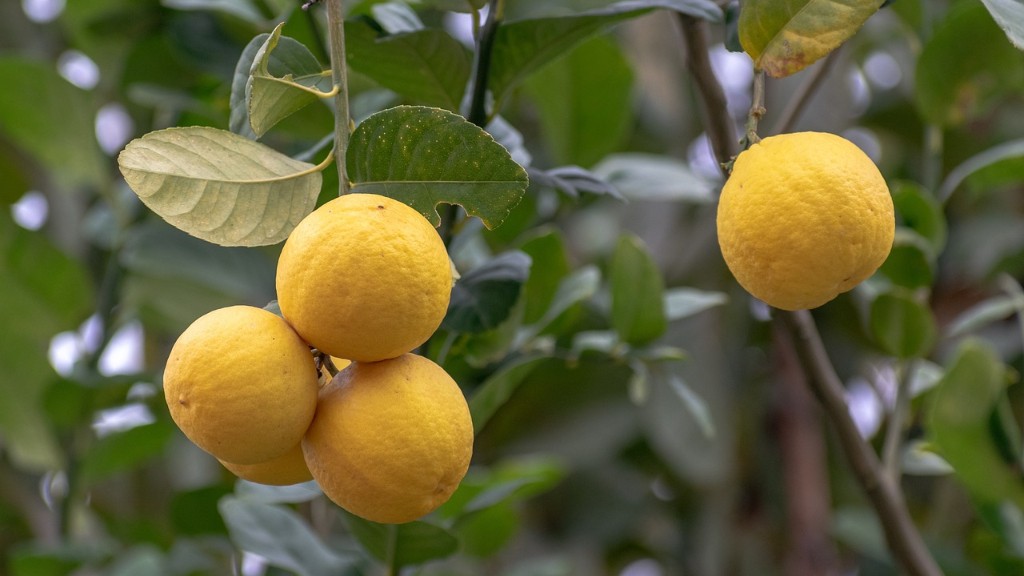Ideal/Optimal Climate
Avocado trees need a warm Mediterranean climate, according to experts. This means lots of sunshine and excellent drainage. These trees don’t do well in cold winter weather, so the areas that are suitable for growing the fruit, are warm. California and north-eastern Mexico are ideal for avocado, as the temperatures range from 45-95º Fahrenheit, with regular rainfall and few frosts or freezes.
To reach their optimal size, the tree must have direct sunlight for most of the day, they must reach the minimum temperature threshold, and they should have consistent rain fall. Avocado trees naturally thrive in volcanic soils, and this provides an ideal environment – acidity, drainage, and nutrients.
Acclimatization
However, if the climate does not allow for an optimal environment, the trees can still be grown. Acclimatization is the process of adjusting to new conditions. To be able to grow avocado trees in colder climates, such as the United Kingdom, acclimatizing them to the new climate is essential for their health, growth, and later on, successful production of fruit.
The process of adjustment will involve exposing the tree to more cold weather in order to ‘inform’ the plants of the climate they are living in and encourage it to survive. The initial stage of the process requires the tree to go through a cold treatment period, this is where the temperature has to reach a minimum of 45F then be kept at this temperature for a period of four weeks. This can be achieved in poly tunnels to protect the precious plants from getting damaged due to the frosts and hard weather conditions.
Further Considerations
It is quite common for the temperature to fluctuate even in climates like the Mediterranean. Prolonged heat waves or periods of heavy frost can actually damage or kill avocado trees as the fluctuations can cause shock to the tree. To avoid this, securing your tree against fluctuations is essential for its growth and good health. If the tree is susceptible to being affected by drought, consistent watering is needed in order to ensure the soil has the necessary moisture levels so the tree can grow properly.
Additionally, adding a layer of mulch to the ground around the tree’s root system can help with weed control and irrigation. Manure is also a great addition to the soil and can help ensure the avocado tree has all the nutrition it needs for good health.
Favorable Conditions
In general, the best environment for avocado trees is a temperate one. They do well in humid conditions as long as they have excellent drainage. Avocados love lots of sun and need at least eight hours of direct sunlight a day in order to reach their full growth potential. The ideal temperatures range between 45-95º F and the ideal soil pH is between 6.5 and 7.5.
At the same time, avocado trees can tolerate cold temperatures, if low temperatures occur naturally, the tree should be acclimatized to local condition in order to allow it to survive in the cold, harsh winter months. If the environment is humid, it would be beneficial to add gravel to the soil in order to help with drainage and airflow.
Pest Control
When it comes to pests, the most common ones are aphids and mealybugs. They can be treated with a solution of water, soap, and garlic. Organic pest control sprays are also another great option to combat pests that feed on the tree’s foliage. Finally, it is important to keep an eye out for signs of disease, such as anthracnose and root rot, which can easily affect an avocado tree if the environment and soil aren’t controlled and maintained properly.
Constant Maintenance
During the season of growth, it’s important to regularly fertilize the avocado tree and prune it when necessary. A fertilization program should include a balance of nitrogen, phosphorus and potassium, as this trio helps with leaf growth, root health, and overall plant health. The pruning should be done only in the spring and fall to reduce the risk of disease and encourage proper growth.
Finally, it is important to monitor the tree for nutrient deficiencies. The most common ones for avocado trees are magnesium and manganese deficiencies, both of which can be remedied with foliar sprays that provide the necessary elements for healthy growth.
Container Growing
Avocado trees can also be grown indoors, either in containers or pots – which is great for those who don’t have much outdoor space. They do require more attention compared to outdoor trees, but once the basics are taken care of, the tree can still reach good heights and healthy growth. When grown indoors, the tree should be exposed to as much sunlight as possible, such as in a south-facing window. It also needs regular soil drainage and consistent temperatures.
Propagation
The avocado tree can be propagated in a few different ways, either from seeds grown from the fruit itself, or from seedlings or cuttings. Growing from seed takes longer to reach maturity and doesn’t always produce the same variety as the parent tree, however, it is the cheapest way to grow an avocado tree. It can take anywhere from four to seven years for the tree to bloom and bear fruit.
In contrast, growing from a seedling or cutting speeds up the process, as it takes less time for the tree to reach maturity. The downside is that these methods have a higher cost-per-plant and the quality of the tree is not guaranteed. In this case, it is recommended to purchase certified plants from a quality nursery.
Fruit Quality
Overall, it is important to note that the quality of fruit when grown indoors or in a non-optimal climate is not guaranteed. The risk of pests, disease, and poor fruit quality is very high in non-optimal climates and container growing. However, if the necessary steps are taken to ensure that the tree is given the proper care and exposed to the ideal conditions, it should definitely be able to bear quality fruit.

